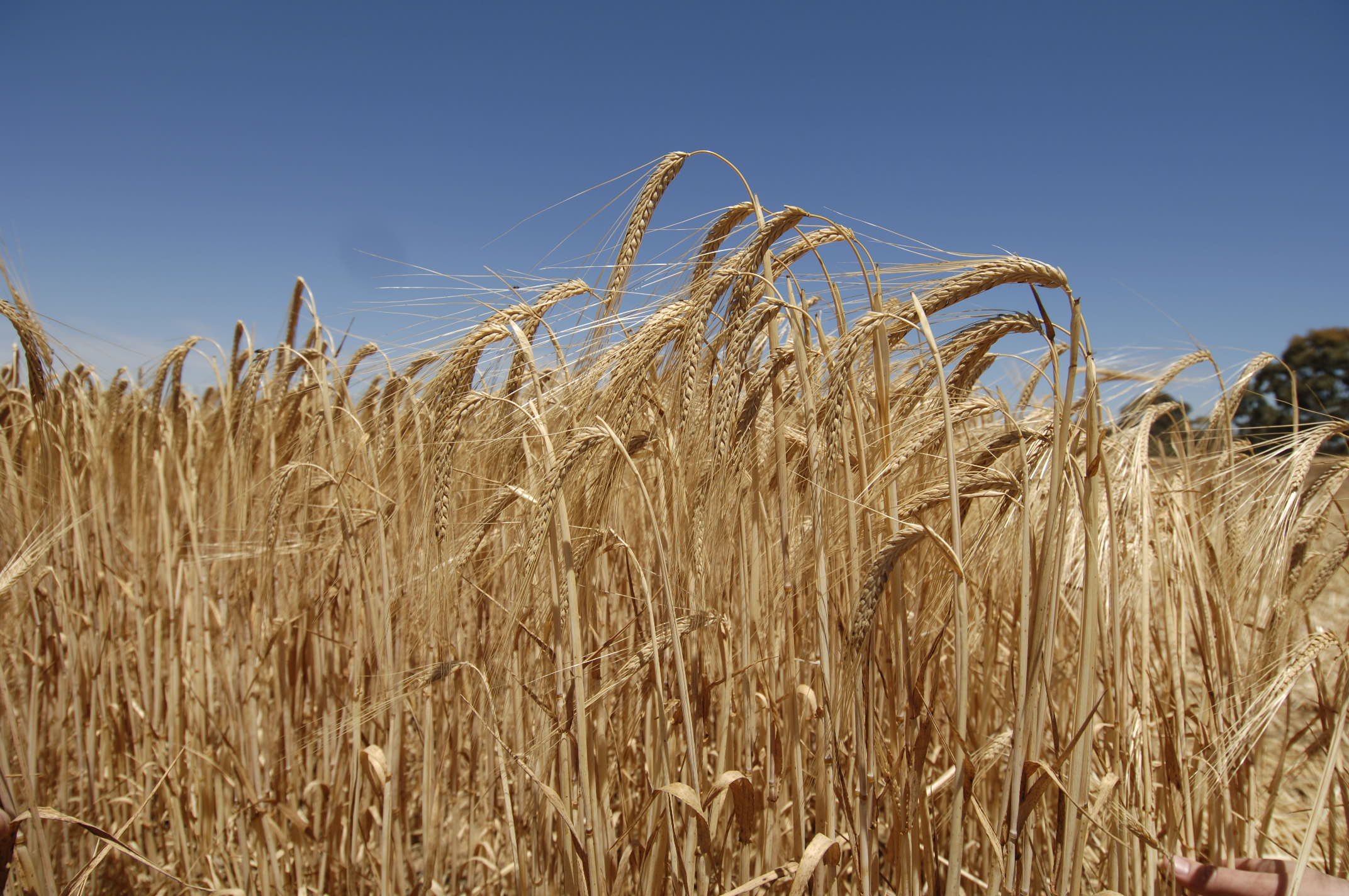
For Norfolk contract farmer Kit Papworth, spring barley is an important crop within his rotation; and one that is key to the overall gross margins of the business.
However he is keen to emphasise that this only comes about as a planned, strategic approach and not as a reaction to a poor wheat prices or lost winter drilling opportunities.
LF Papworth contract farms for 20 landowners in and around north-east Norfolk, growing potatoes, vining peas, beans, wheat, barley, oilseed rape and sugar beet. “We always look at a paired cropping approach with the overall GM in mind, there’s no point in drilling wheat into a field where we have struggled to lift potatoes early enough, as it just doesn’t perform, and anything that yields under the 8t/ha mark will just drag down the overall GM.”
“Where we can get 100t/ha off a sugar beet crop at £20t/ha, followed by a spring barley that yields 10t/ha with a £20-£25 malting premium, the GM’s work out well. We would not get the same figures from a second wheat, and as we don’t have blackgrass due to our wide rotation, we aren’t restricted.”
“A typical year would see 300-350ha of spring barley grown both for feed and malting contracts. We tend to grow a balance of malting and seed barley; having and securing a market is crucial before making the decision to grow a spring barley crop."
“This makes malting barley variety choice straightforward as it’s important to grow a variety that the market wants; as growers we must be led by end users. The variety needs a good set of agronomics behind it, and it also needs to be able to yield - we would be looking to push our yields up to 10t/ha. We grow Concerto for all of these reasons, and over several years, Concerto has not yet let us down.”
All of the Concerto grown by LF Papworth is sold to a local group ABC ,which supplies Crisp Malting, the leading independent malster in the UK, with plants in Norfolk, Essex, Suffolk and also Scotland.
Mr Papworth also grows seed crops for Limagrain as he believes this is a useful way of seeing new and upcoming varieties in situ. “However the malsters must want the variety irrespective of how it performs on farm.”
Establishment and harvest priority
In order to get these yields, Mr Papworth recognises the crucial importance of good establishment. “It’s important not to drill into cold soils, we aim for 85% establishment and if this is not achieved it’s usually because the crop has been drilled when soils are too wet or cold. We would not drill any spring barley crops before Christmas and will wait until March if ground conditions are not right.”
“We have recently started using liquid fertiliser and rates are varied according to soil type and crop potential. Half goes on at drilling and the rest as soon as conditions allow us to travel. On the lighter soils, manganese helps to get the crops going.”
Maintaining quality at harvest does mean that the spring barley crops needs to be a focus once they are ready -delaying harvest just increases the risk of skinning and germination so it’s not a risk worth taking, Mr Papworth is keen to point out.
So is spring barley a good option for growers this spring?
It looks like there could be more spring barley in the ground this year than expected, with indications that winter wheat, oilseed rape and winter barley plantings are down, says Les Daubney, arable marketing director for Limagrain UK.
Certified tonnages from harvest 2015 for winter wheat are showing a 12.7% reduction for England & Wales, whilst Scotland has remained fairly steady, he says.
“There will be some farm saved seed to compensate for the certified figures that will reduce the shortfall, and some seed could still be in store - all in all I would say that plantings being down by 7 - 10% in England and Wales, would be about right.”
“Winter barley also looks to be down, by about up to 10% across England and Wales. There may well be a weather effect here as well but most of this is probably a reflection of another drop in the maltster’s use of winter malting barley.”
Of course with more spring barley in the ground, there will be a surplus at harvest, so it is important to choose a variety with flexible marketing options. Non-GN, dual purpose varieties offer that flexibility and can be sold for both brewing and malt distilling.
Currently, Odyssey and Concerto are the only two varieties fully approved for both brewing and malt distilling, and based on this 50% of all the malting barley bought in England and Scotland by MAGB ( Malsters Association of Great Britain) from the 2014 harvest was Odyssey or Concerto.
